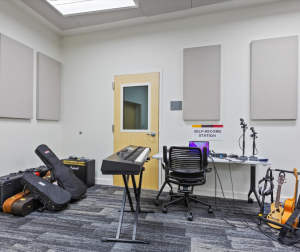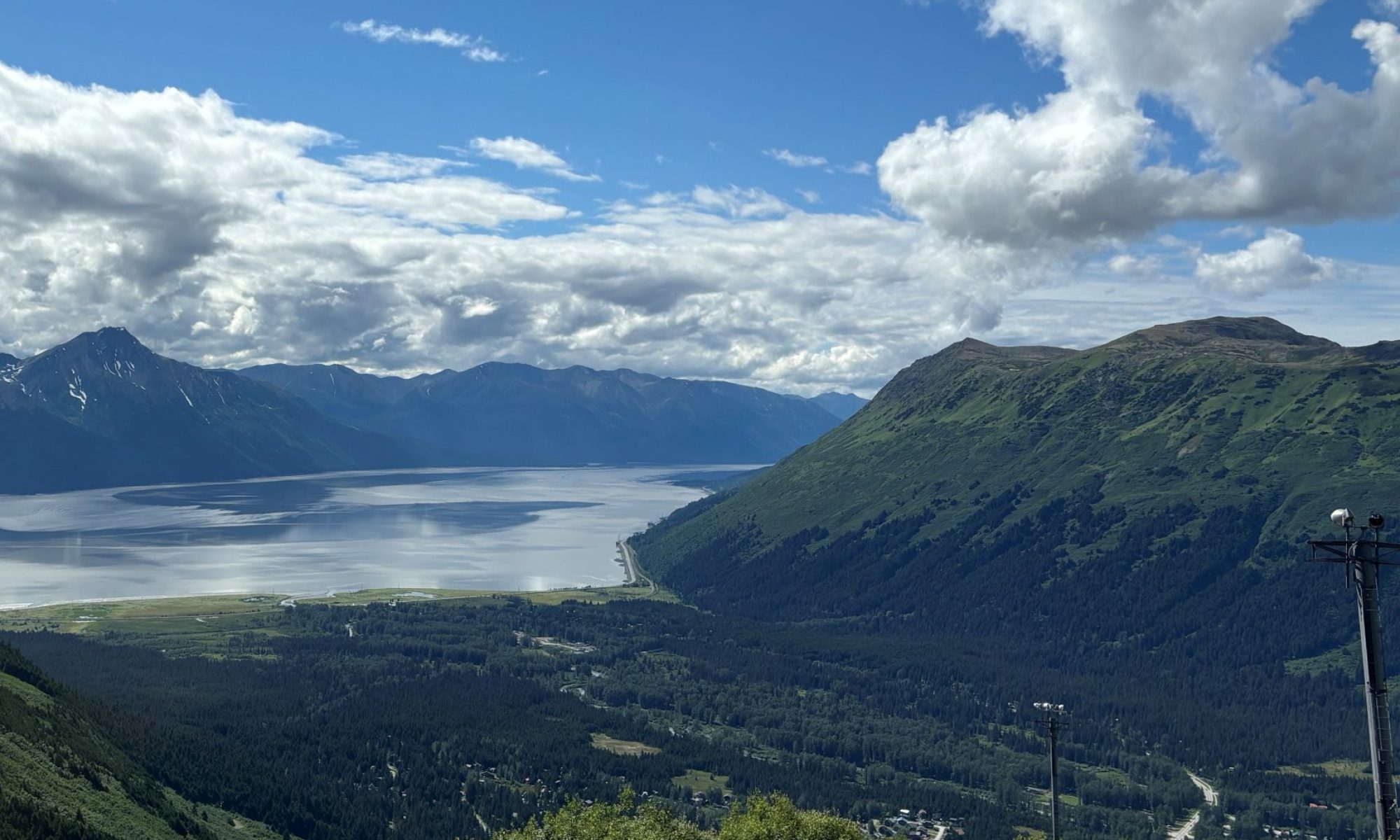Reading Erin Wentz’s article on the The Human Library reminded me of a library system located in Washington. Two hours away from my library system, my fellow library coworkers and I toured Spokane Public’s new Central branch in downtown Spokane and met with their executive librarian. Our goal was to learn a few things from Spokane Public, including how they ran their 2018 levy campaign in conjunction with the school district. From this levy, Spokane Public created a joint middle school library and public library on the school campus, a building with shared meeting/creator space – The Hive, and a new central branch.



Along with these new buildings, Spokane changed how their librarian model. Instead of the traditional librarian roles, Spokane shifted to staffing community experts as their resident experts or “human library.” Spokane hired people who were experts in a dozen different areas such as music, broadcasting and podcasting, and gardening. The responsibilities include teaching classes, doing outreach, and being on hand to help the public in exploring their curiosities and learning. The main branch remodel spaces to enhance this learning including a video studio, a podcast production studio, a recording space and more. The maker space building had spaces for artist residencies and in turn, the artists provided workshops and art classes for the public.
While this is not a human library per se, I think this is a very intriguing model as libraries shift to focus on what their communities need and want from them, and moving more towards community spaces and human-focused. I also think this model encapsulates a lot of the zones mentioned in Professor Stephens’ Wholehearted Librarianship – the community zone, the creative zone, the curiosity zone and the collaborative zone.
https://www.spokanelibrary.org/
Stephens, M.T. (2019). Wholehearted librarianship : finding hope, inspiration, and balance. ALA Editions, Chicago.
